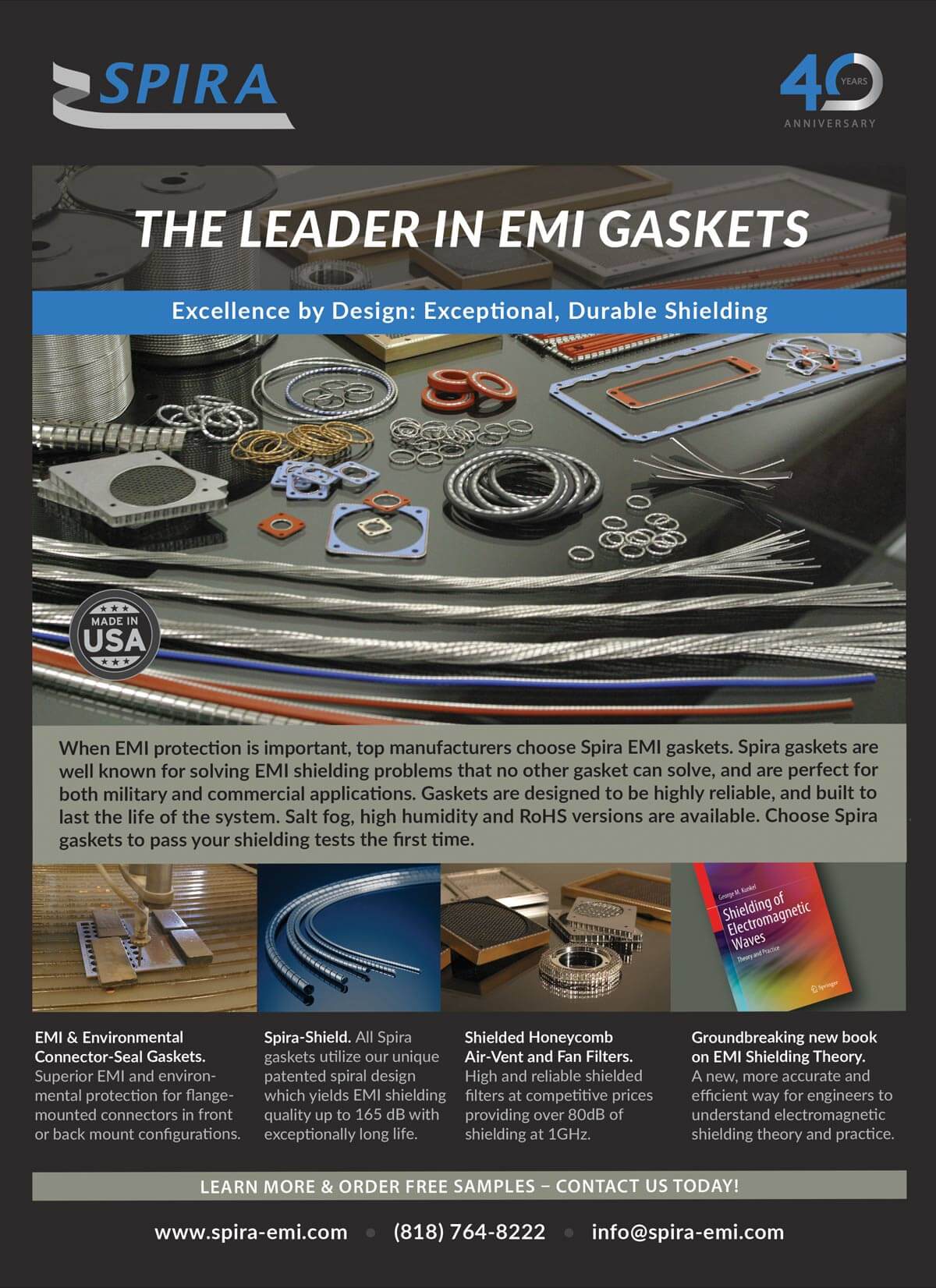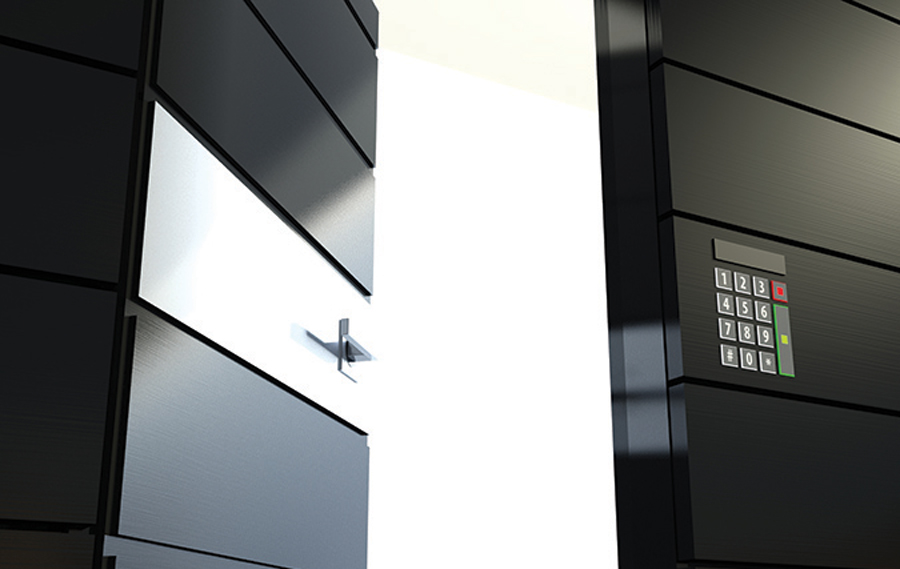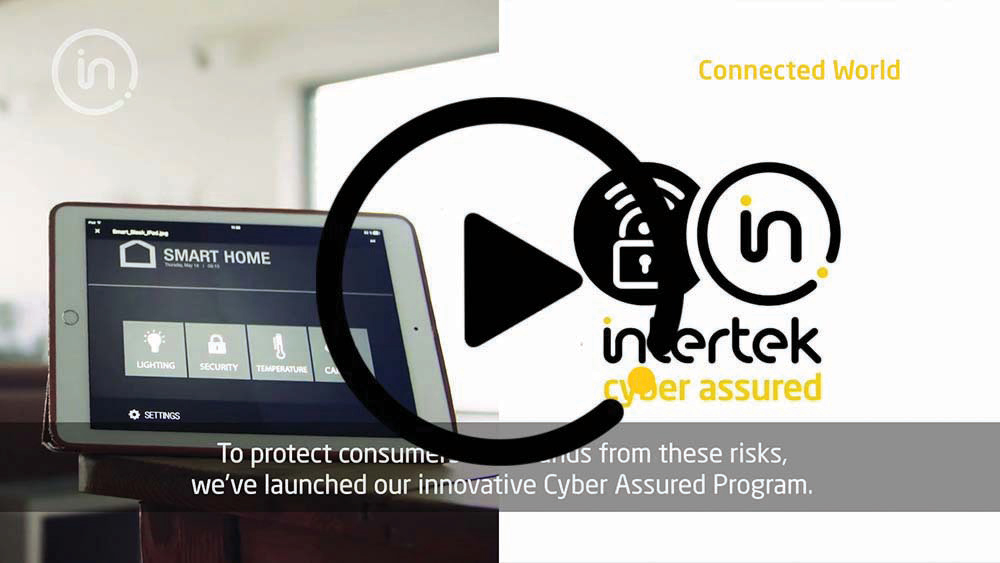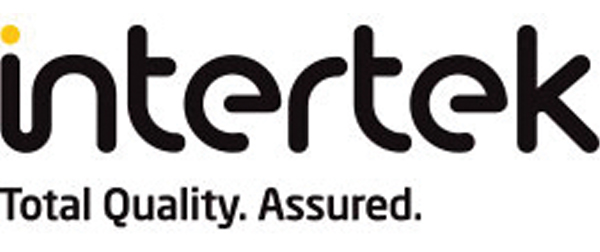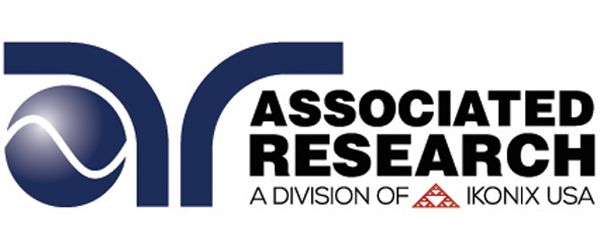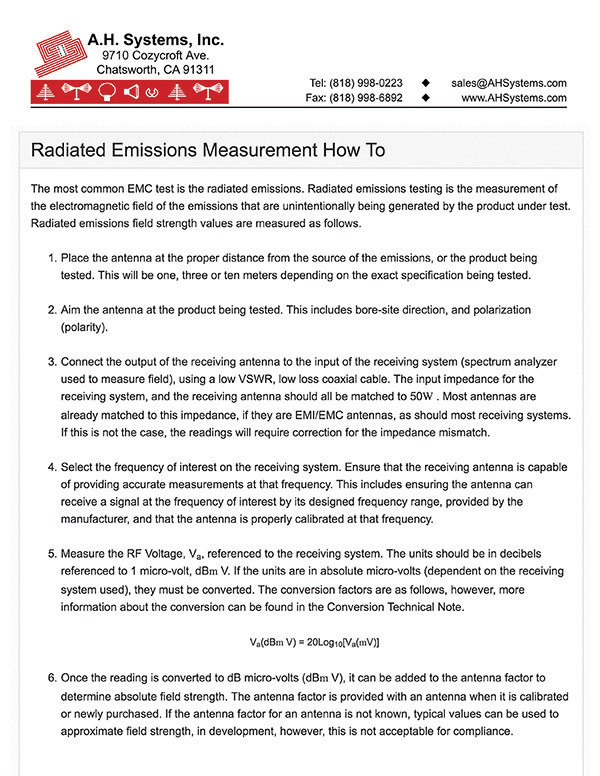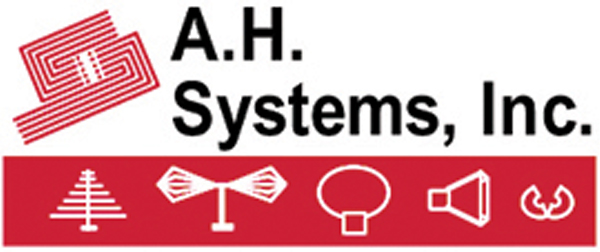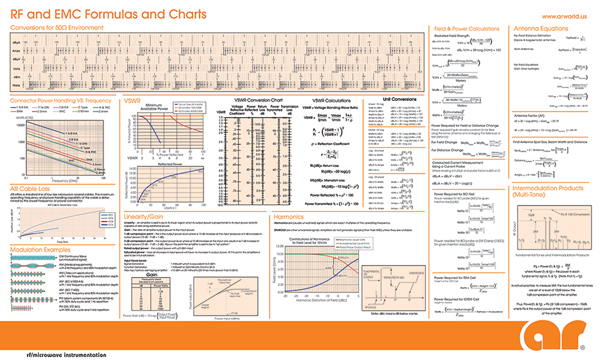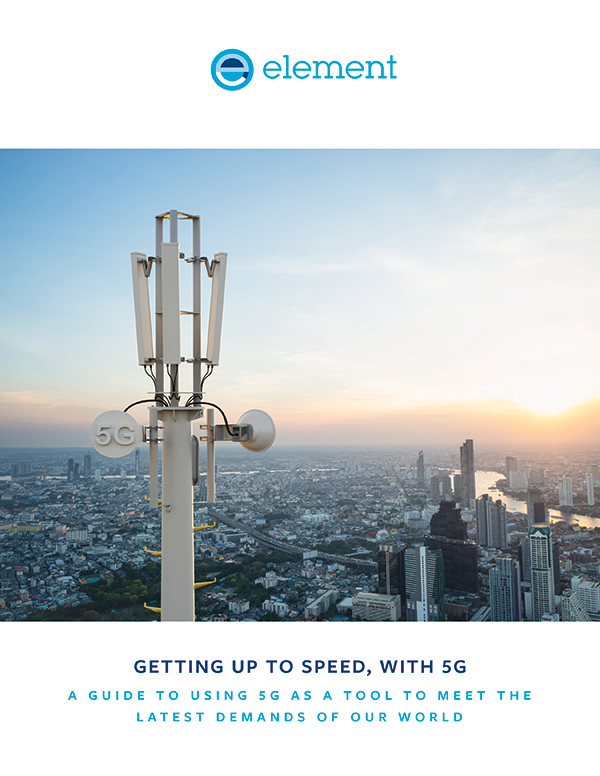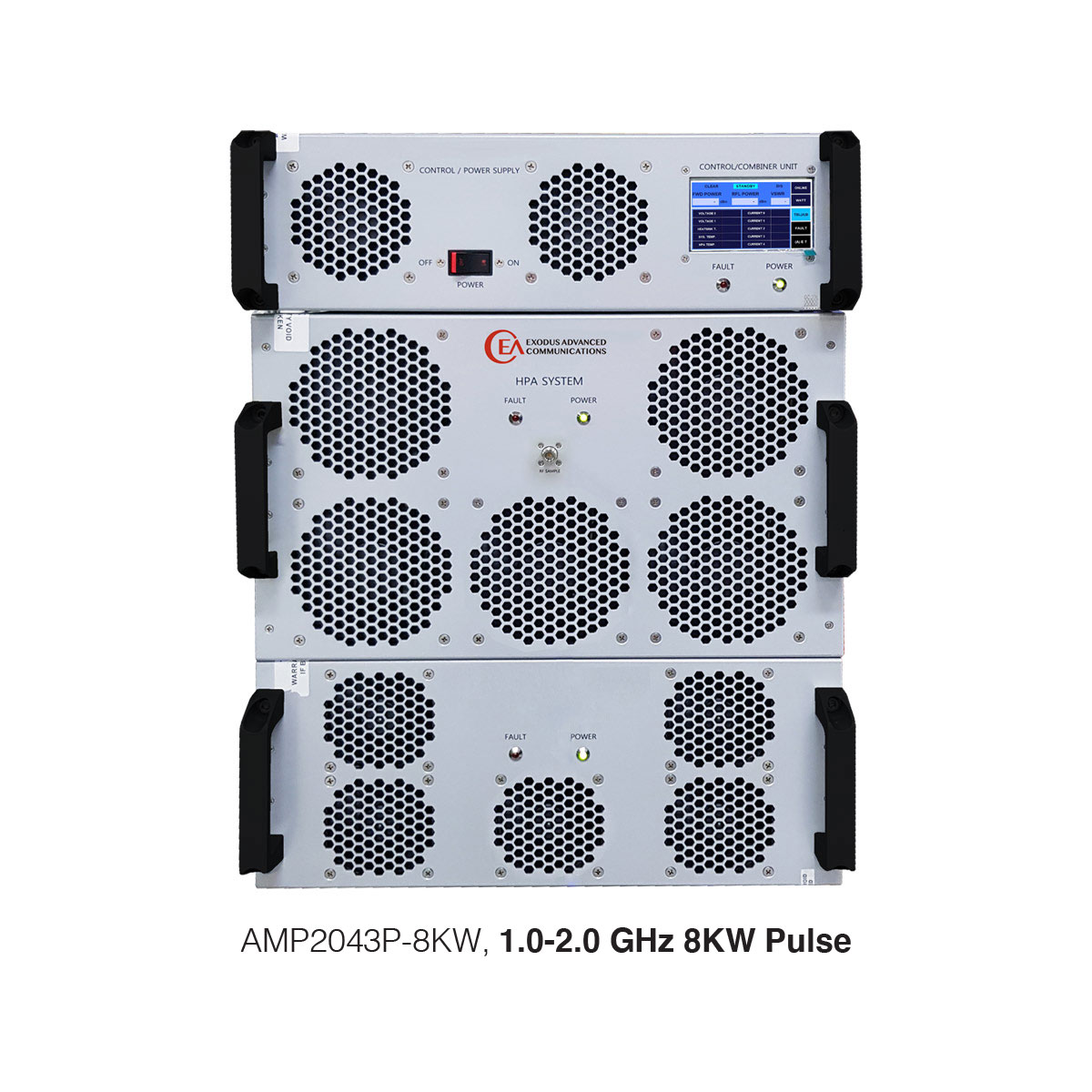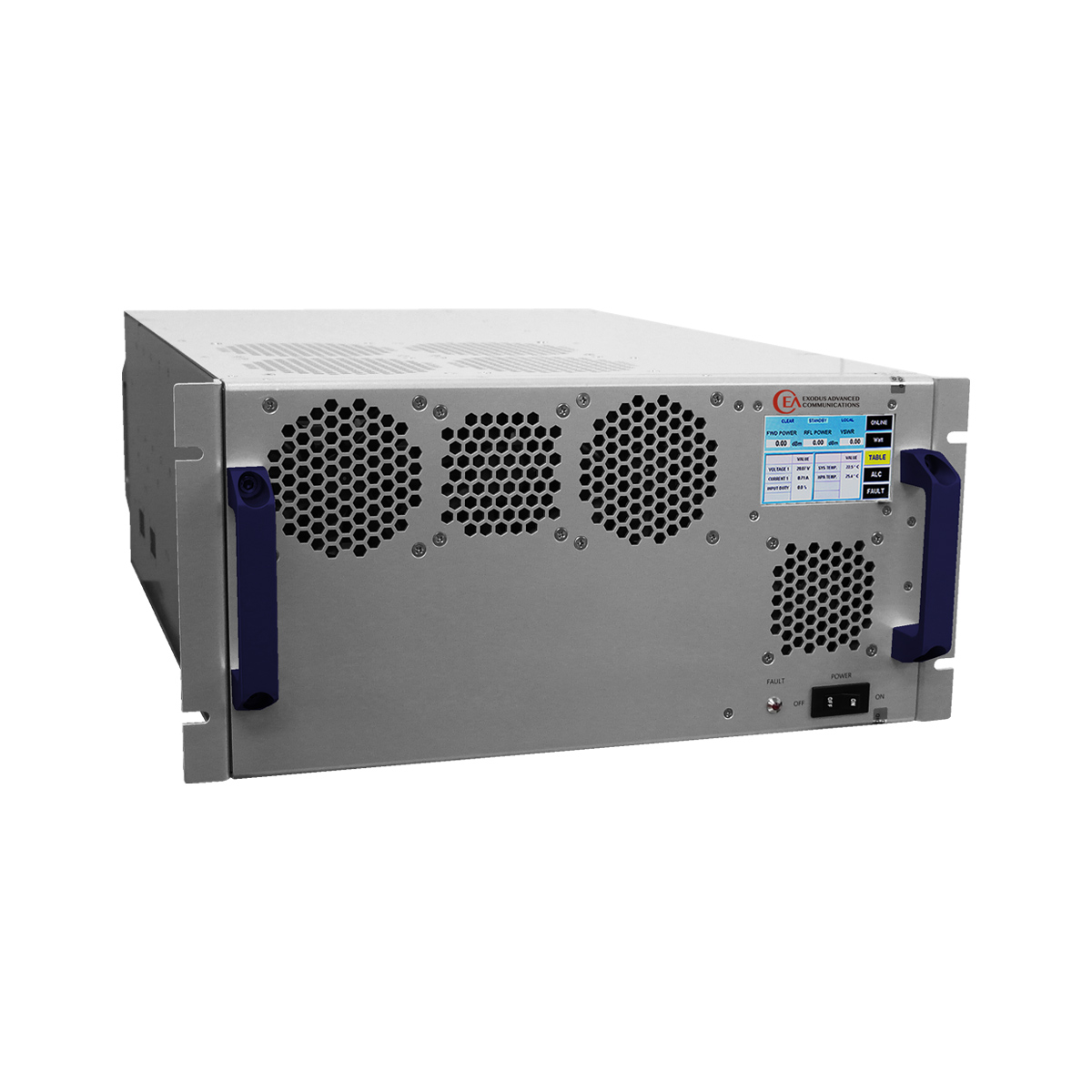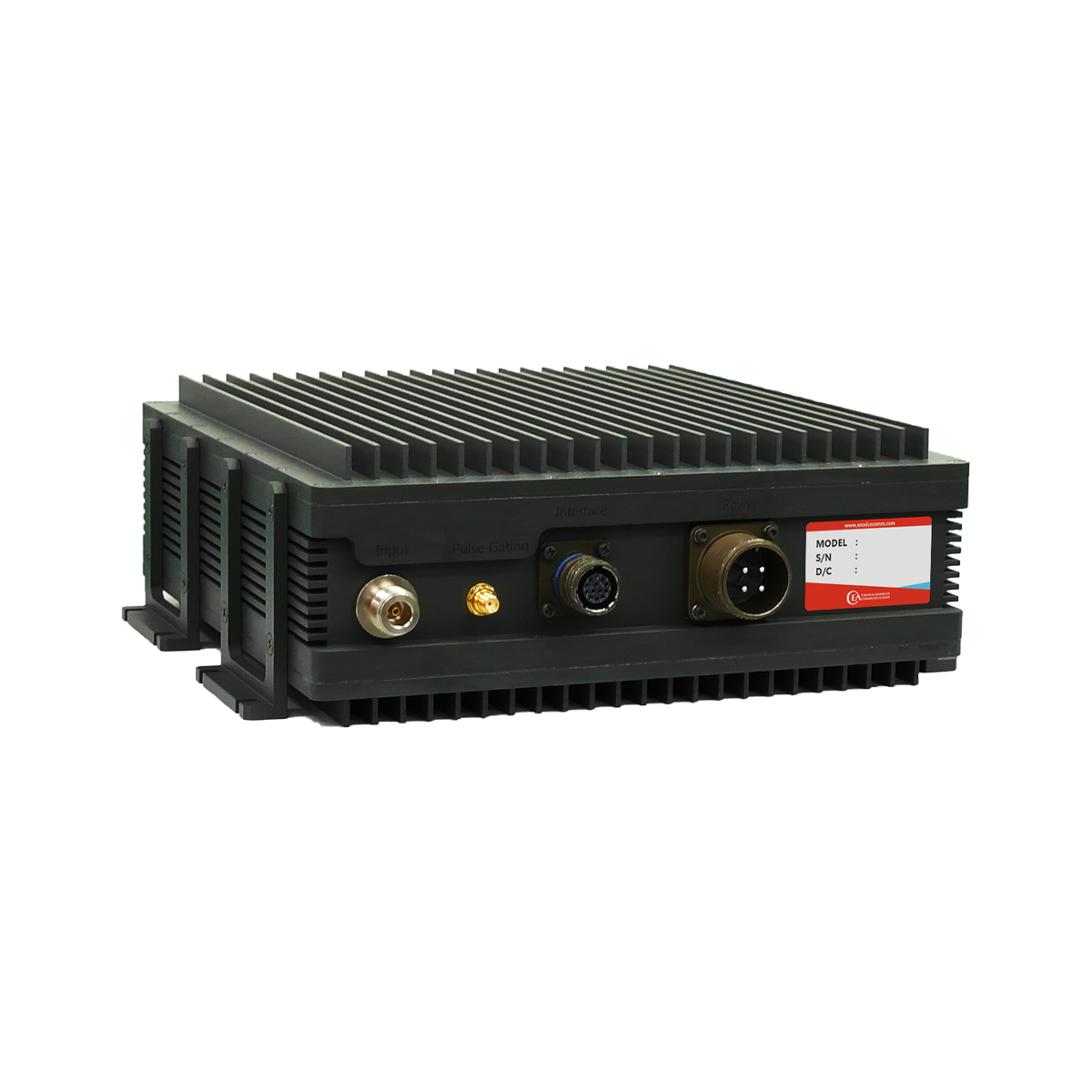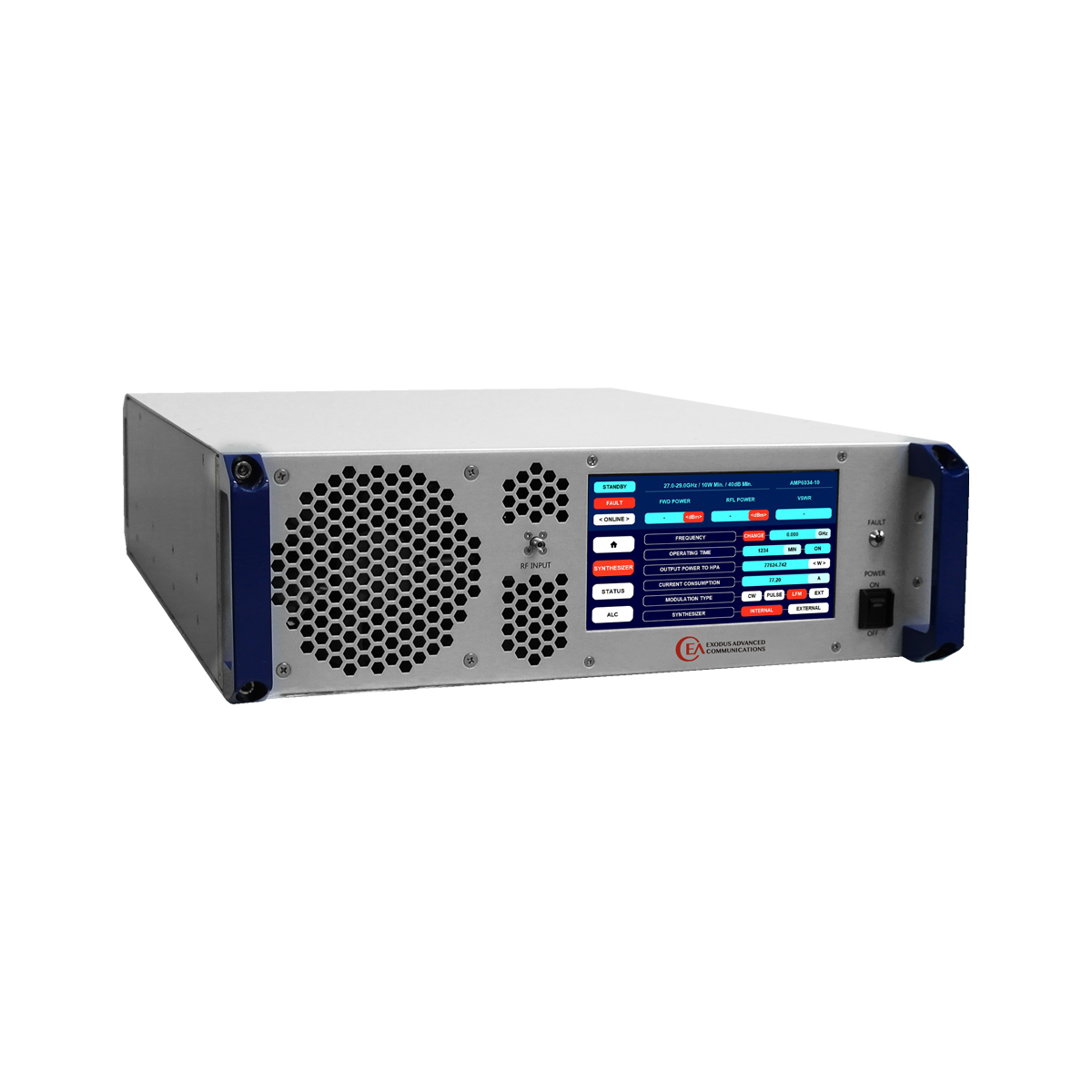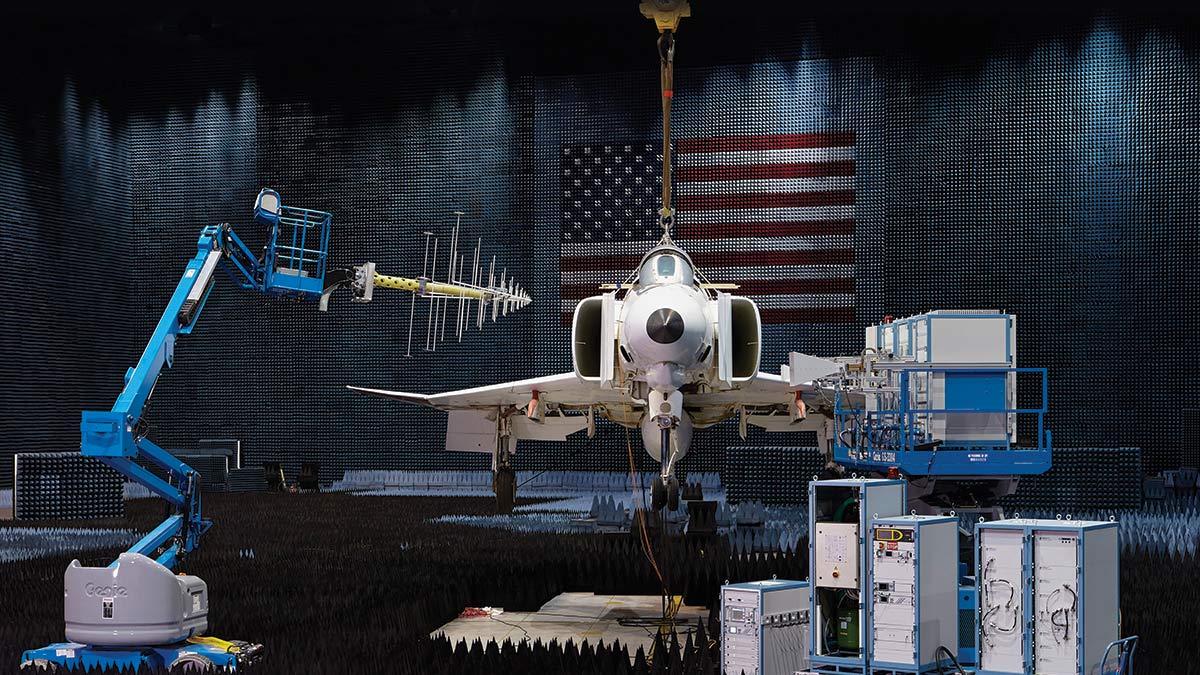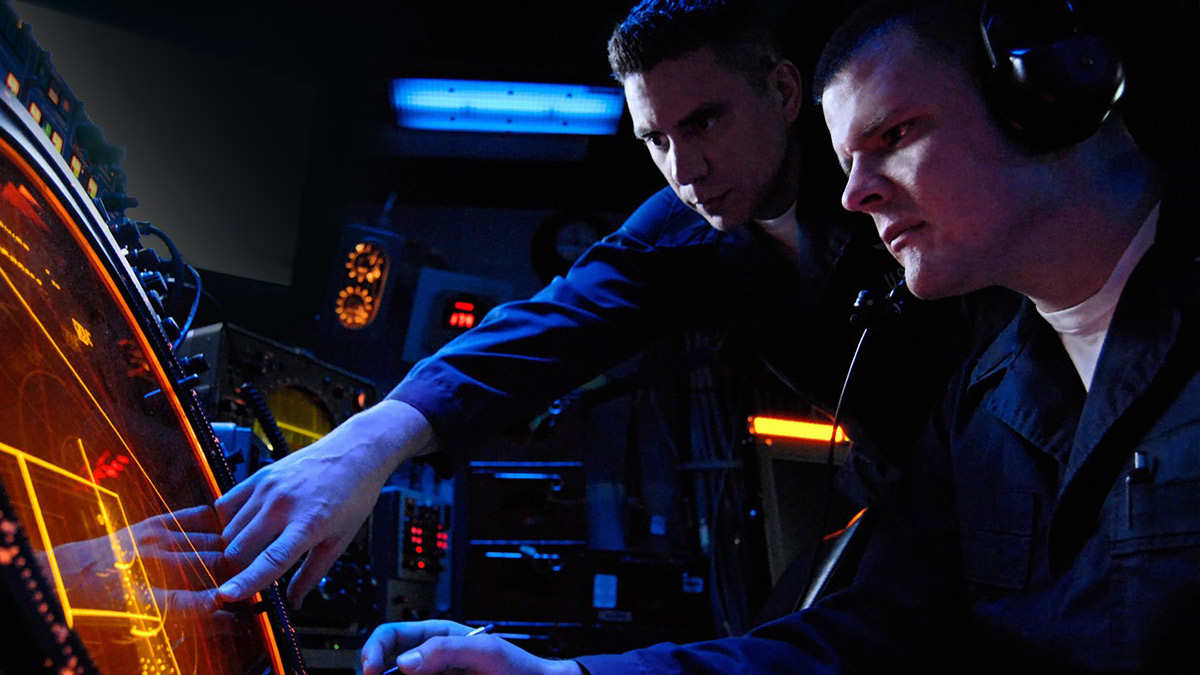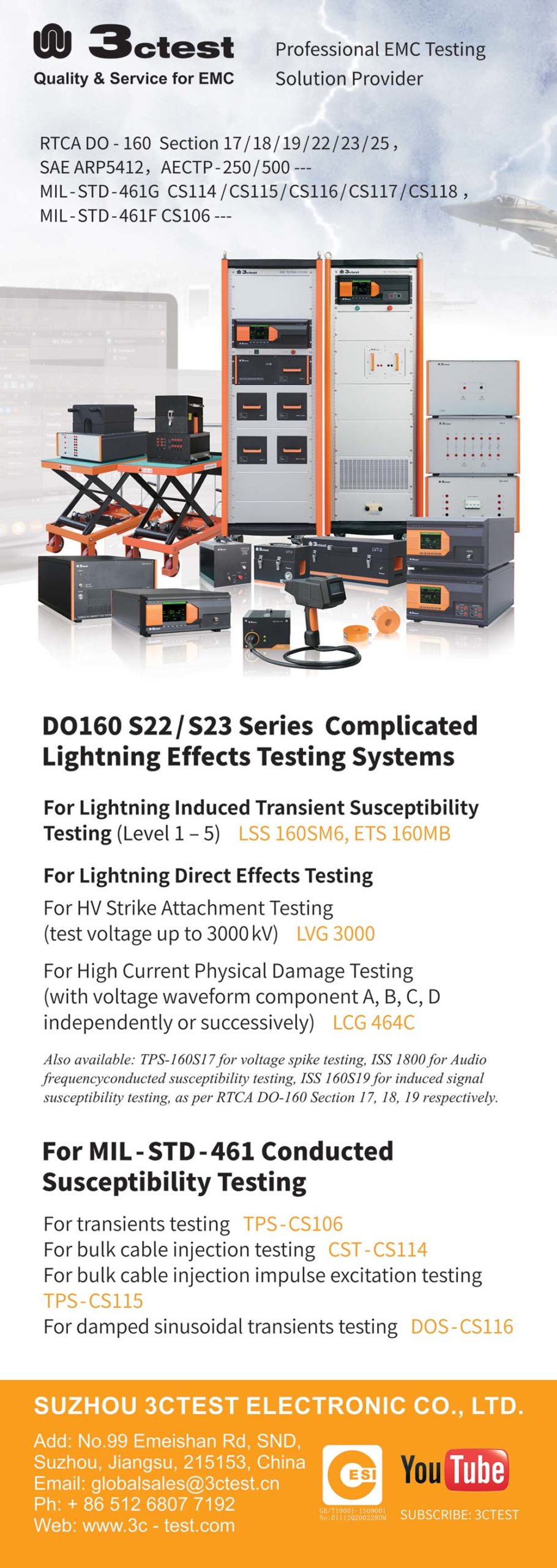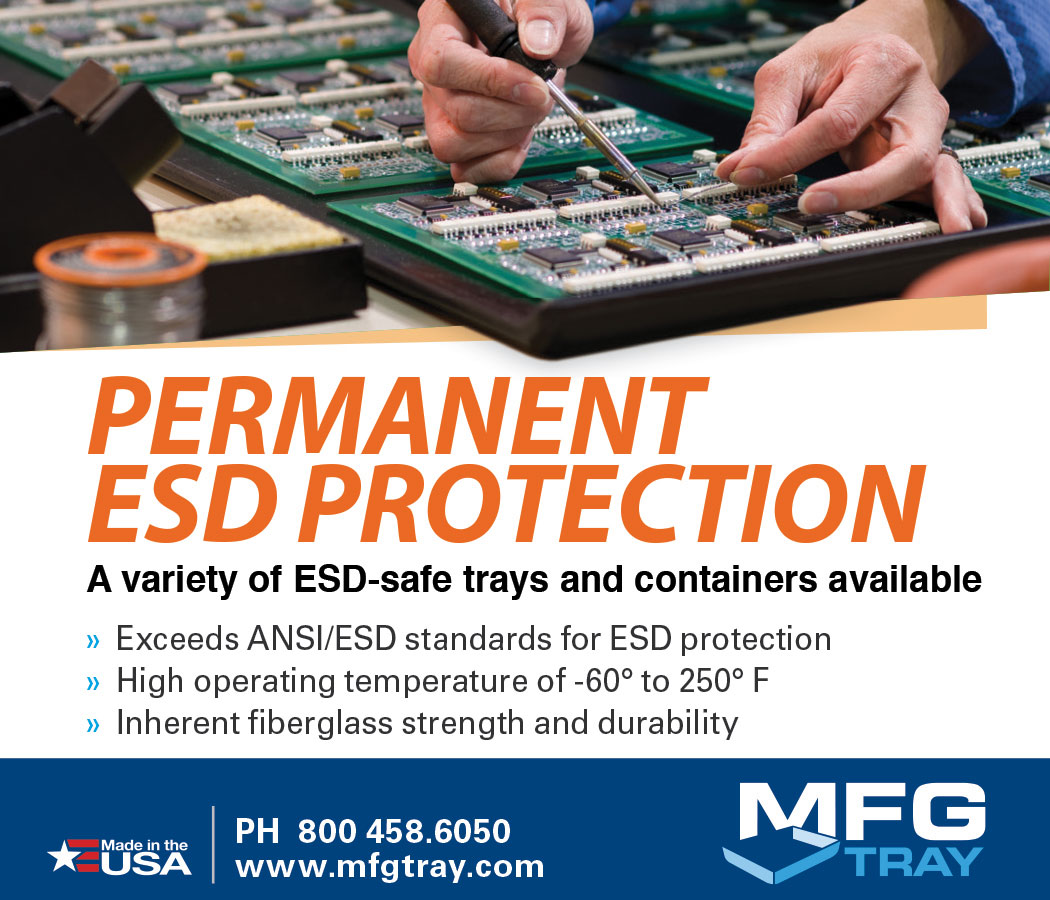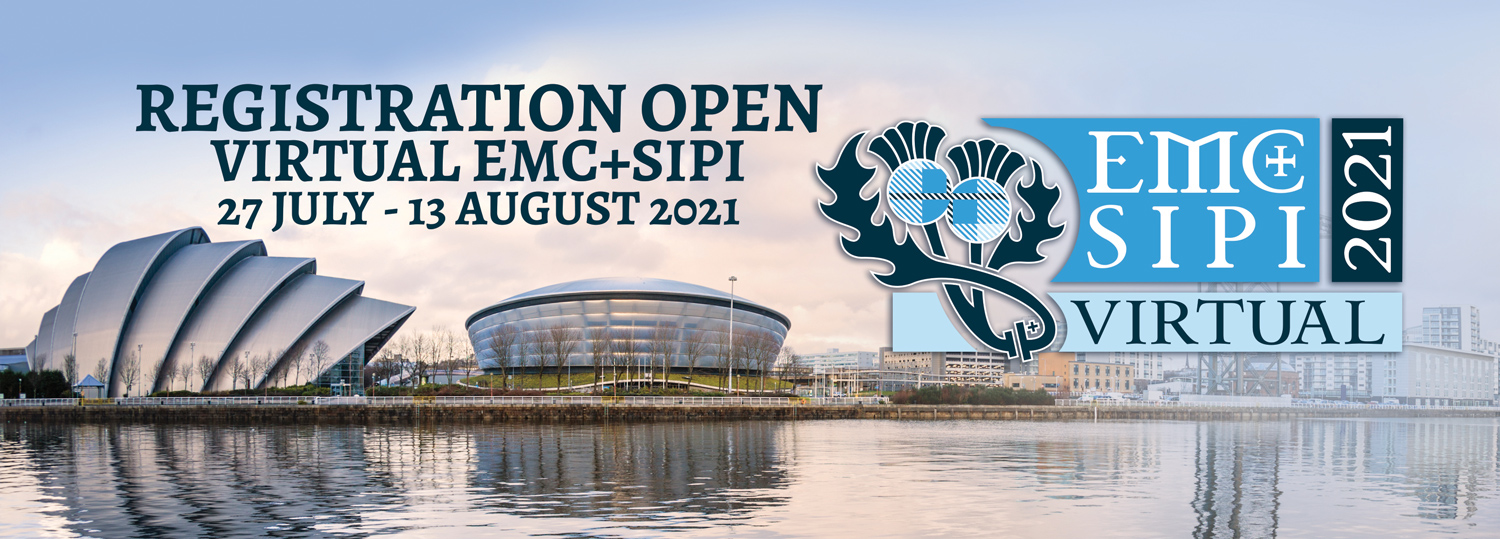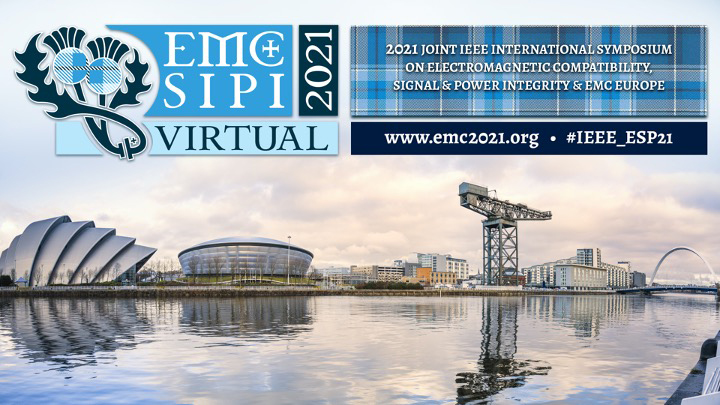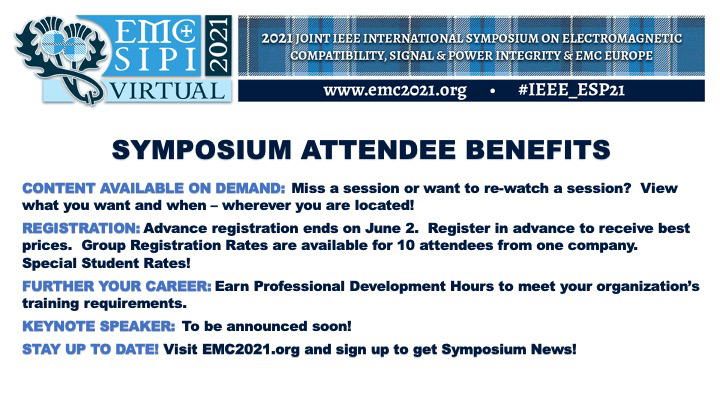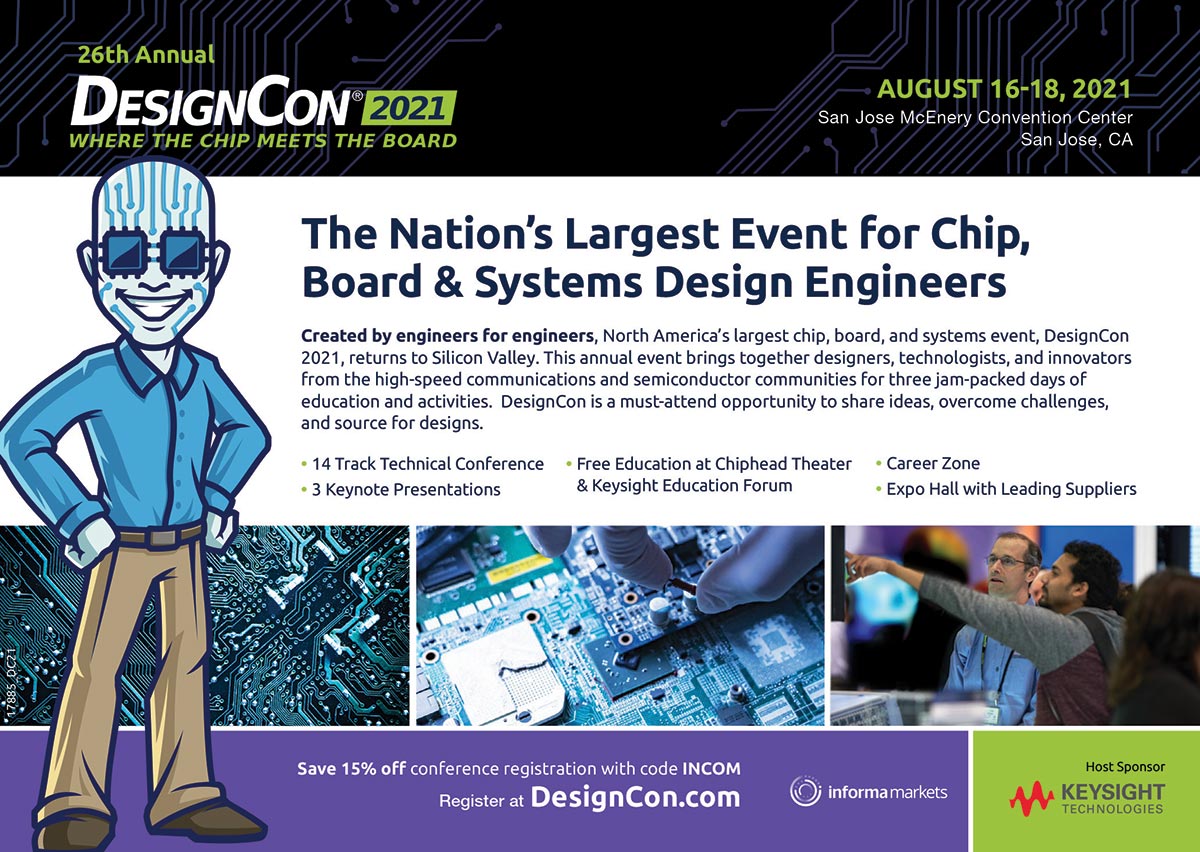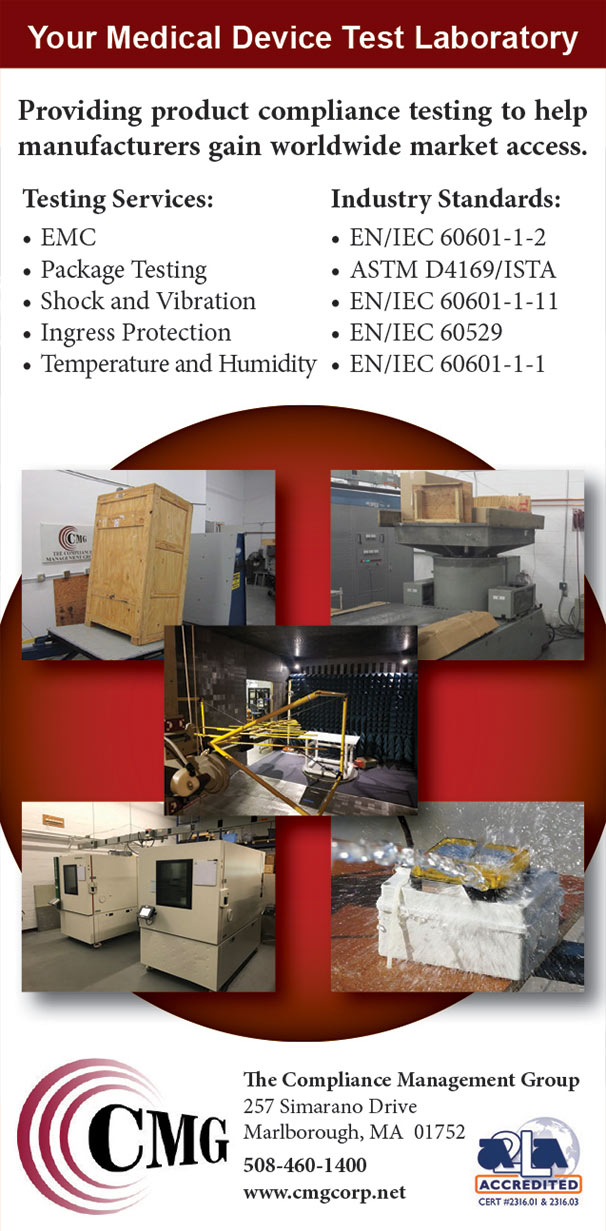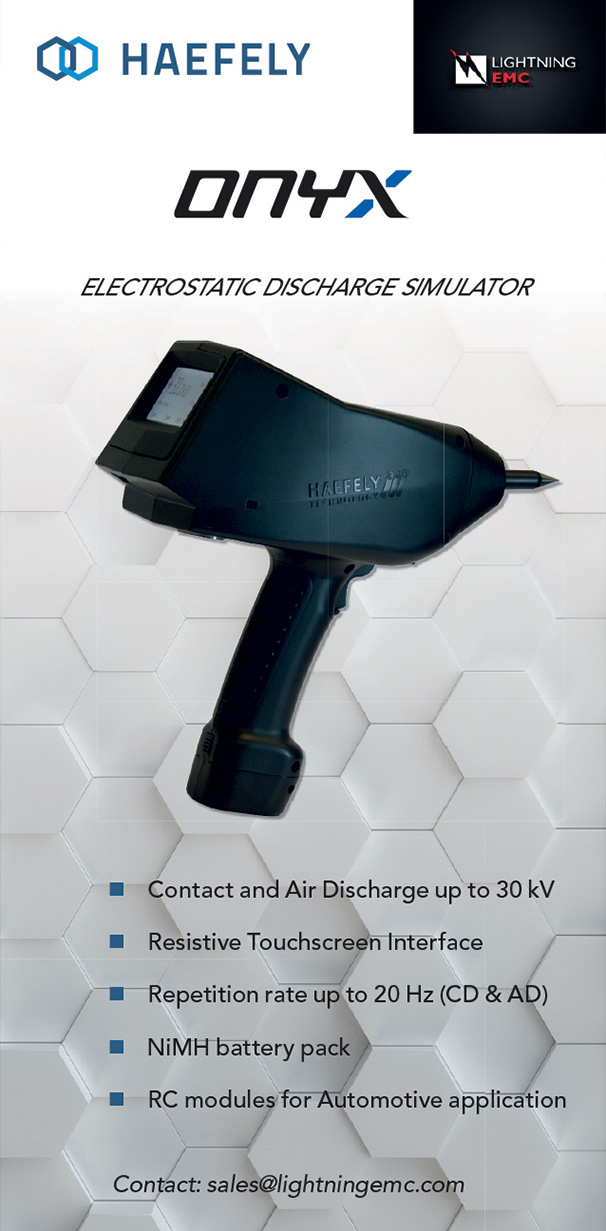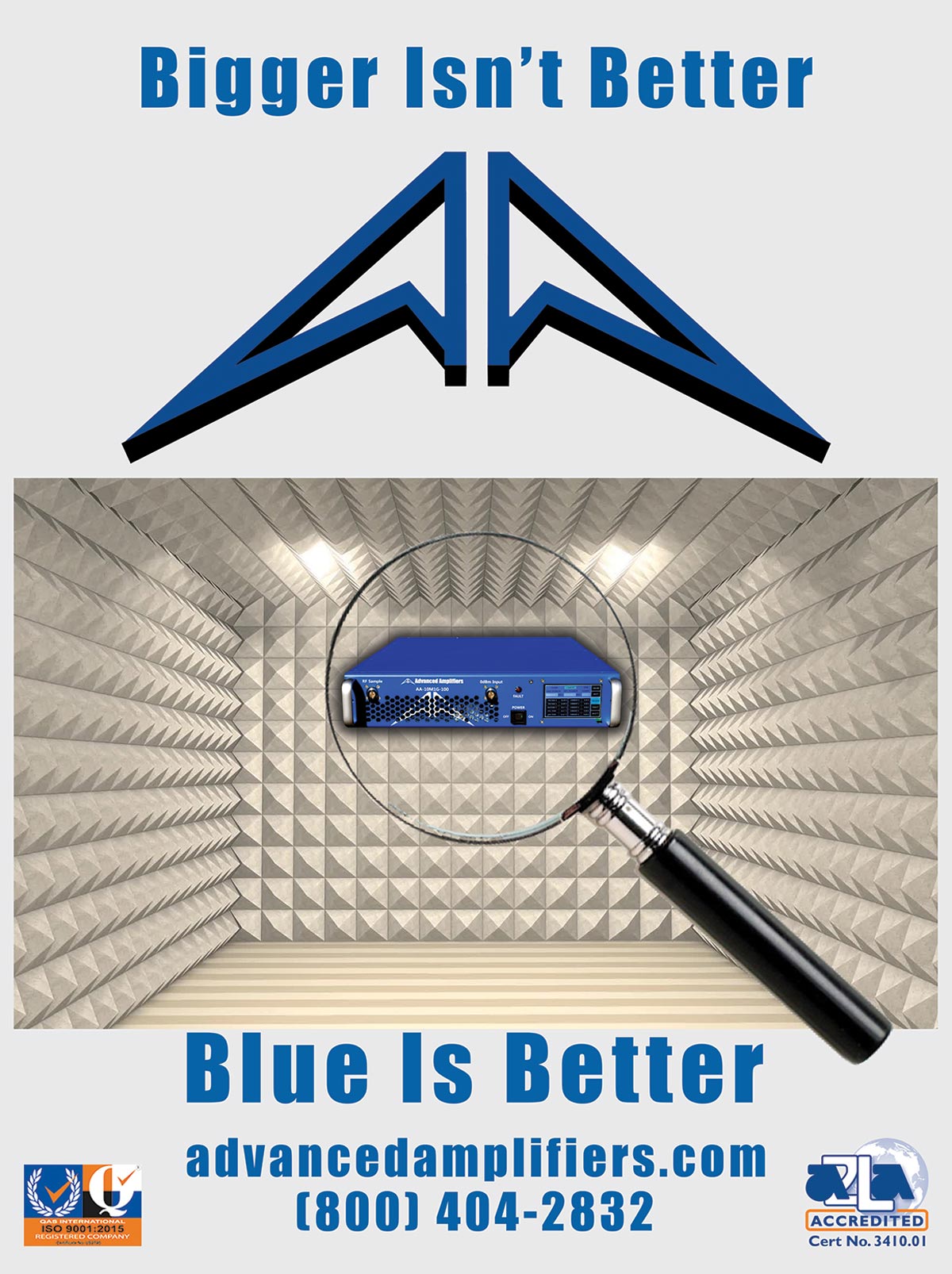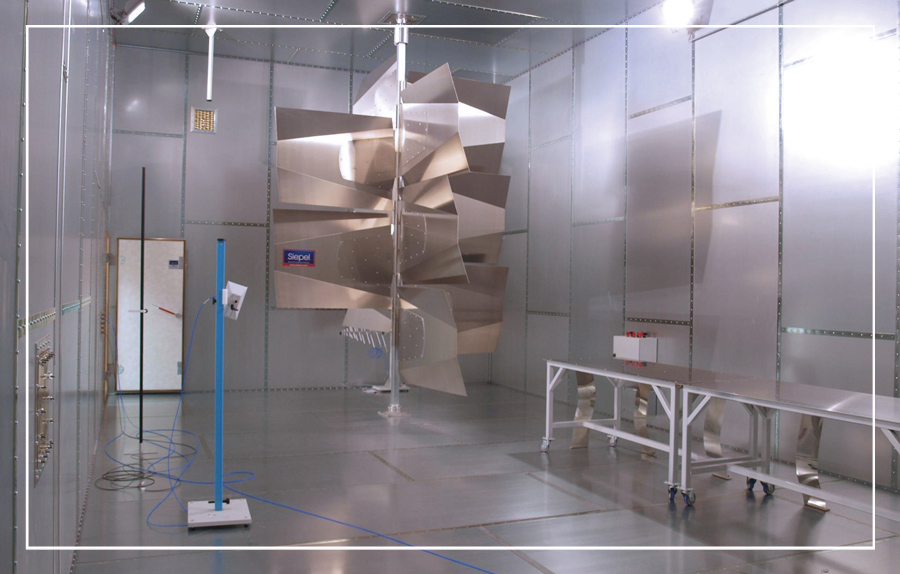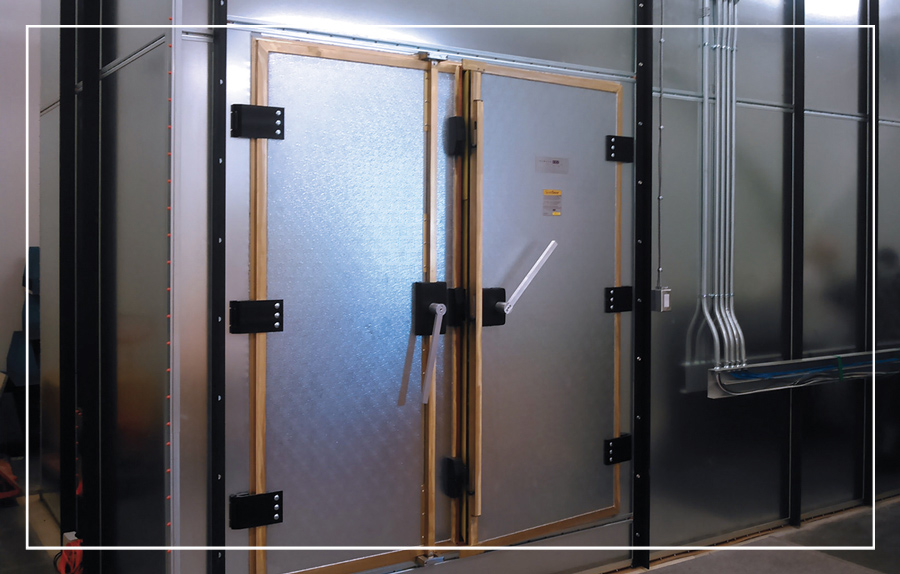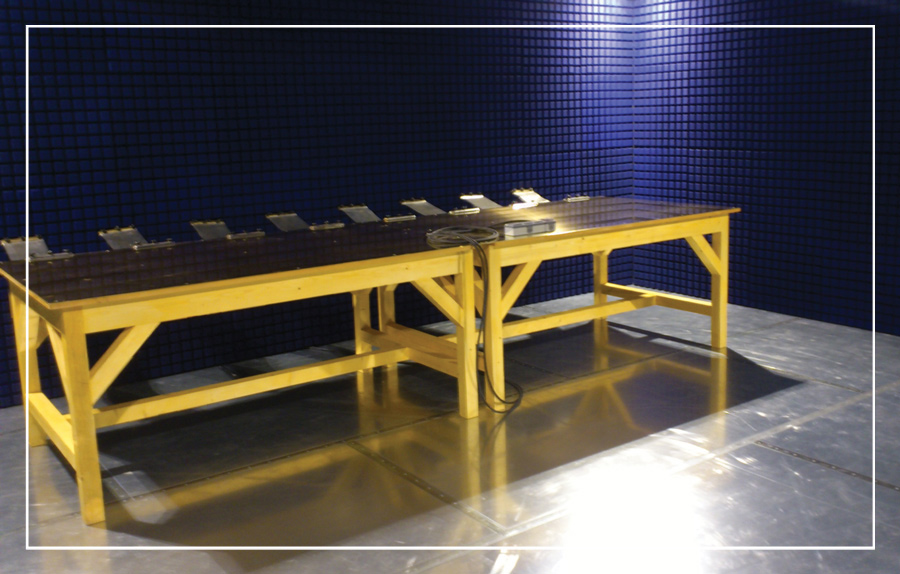
Substation Control Electronics from
SCIF and Radio Frequency Secured Facility Design
Avoiding Supply Chain Disruptions of Safety-Critical Recognized Components
SCIF and Radio Frequency Secured Facility Design
Avoiding Supply Chain Disruptions of Safety-Critical Recognized Components

ISSN 1948-8254 (print)
ISSN 1948-8262 (online)
is published by
Same Page Publishing Inc.
451 King Street, #458
Littleton, MA 01460
tel: (978) 486-4684
fax: (978) 486-4691
©Copyright 2021 Same Page Publishing, Inc. all rights reserved
Contents may not be reproduced in any form without the prior consent of the publisher.
While every attempt is made to provide accurate information, neither the publisher nor the authors accept any liability for errors or omissions.
publisher
bruce@brucearch.com
keith.armstrong@
cherryclough.com
Leo@EisnerSafety.com
dgerke@emiguru.com
ken.javor@emcompliance.com
kenrossesq@gmail.com
wernerschaefer@comcast.net
Subscriptions outside North America are $129 for 12 issues. The digital edition is free.
Please contact our circulation department at circulation@incompliancemag.com

white paper provided by

Frequencies used to support communications during space launches have historically been allocated for exclusive use by federal agencies. Now, under the terms of a Report and Order and Further Notice of Proposed Rulemaking issued in late April, the FCC has added a non-federal, secondary allocation in the 2200-2290 MHz band that can be used by private space travel and satellite launch companies for communications purposes…
According to an article on the website of the ARRL, Congresswoman Debbie Lesko (AZ) has introduced a bipartisan resolution to designate April 18, 2022 as National Amateur Radio Operators Day. April 18th is the anniversary of the founding of the International Amateur Radio Union (IARU) which was established in 1925…

Other ar companies: modular rf • sunar rf motion • ar europe
Other ar companies: modular rf • sunar rf motion • ar europe

For more information on AR Amplifiers visit www.arworld.us.
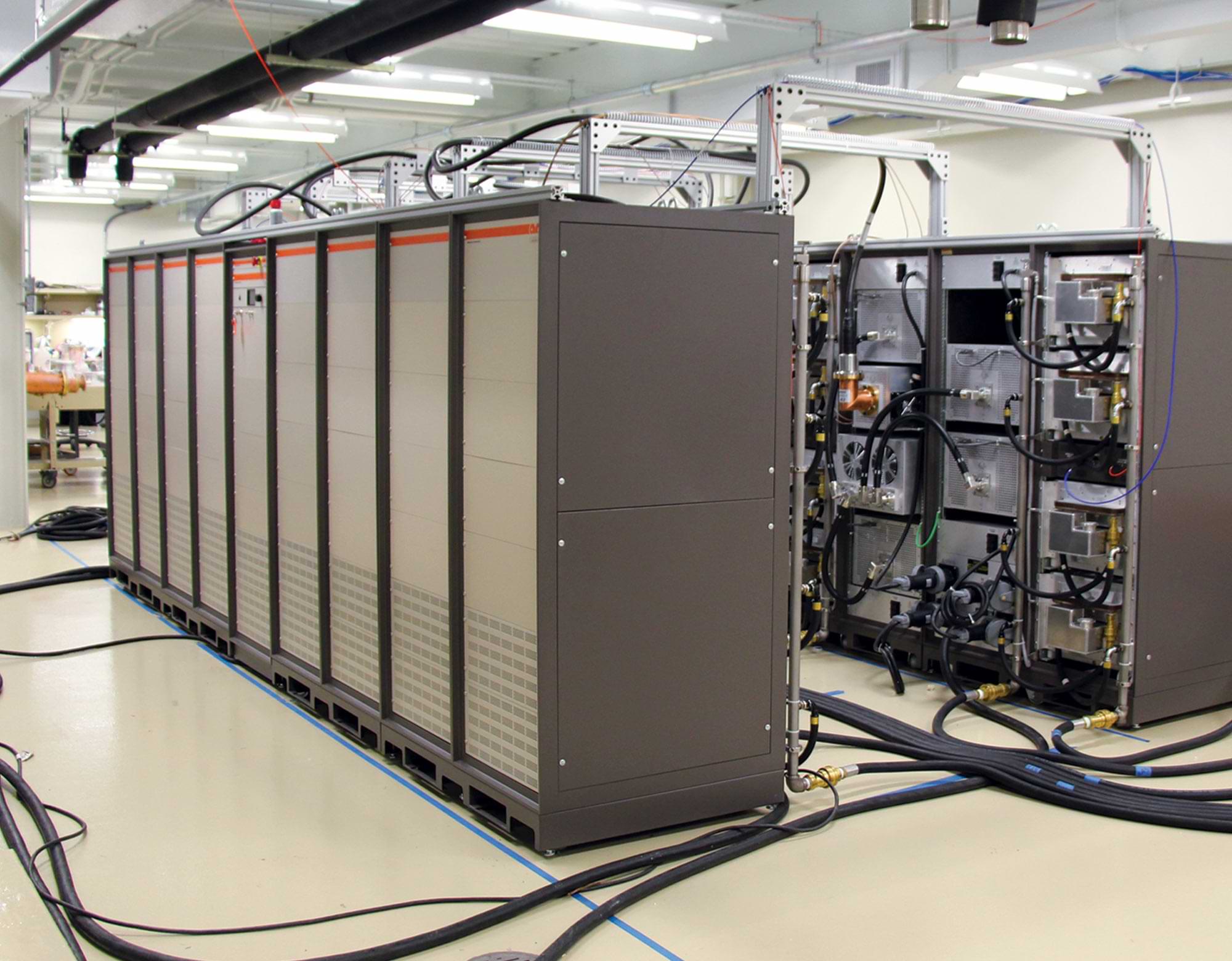

his article describes an approach for hardening high-voltage power substation control electronics from high-altitude electromagnetic pulse (HEMP) that would occur if a nuclear weapon were detonated in space. While we hope that this type of electromagnetic event never occurs, it is a possibility, and the impact on unprotected electronics and the power grids that they control could be severe. In the case of HEMP, a single high-altitude nuclear burst could expose thousands of power substations to high-frequency transients within one power cycle, creating essentially a simultaneous distributed event for which the power grid was not designed.
While the emphasis for this article will be on the protection from early-time (E1) HEMP, it will also discuss the additional efforts that can be made to protect the electronics from intentional electromagnetic interference (IEMI) produced by electromagnetic weapons. By considering both the E1 HEMP and IEMI together, we cover the main high frequency transient high-power EM (HPEM) threats that have become important in recent years.
with Ingenuity…
Ingenuity!

Las Vegas, Nevada 89120
Tel: 702-534-6564
Web: www.exoduscomm.com • Email: sales@exoduscomm.com

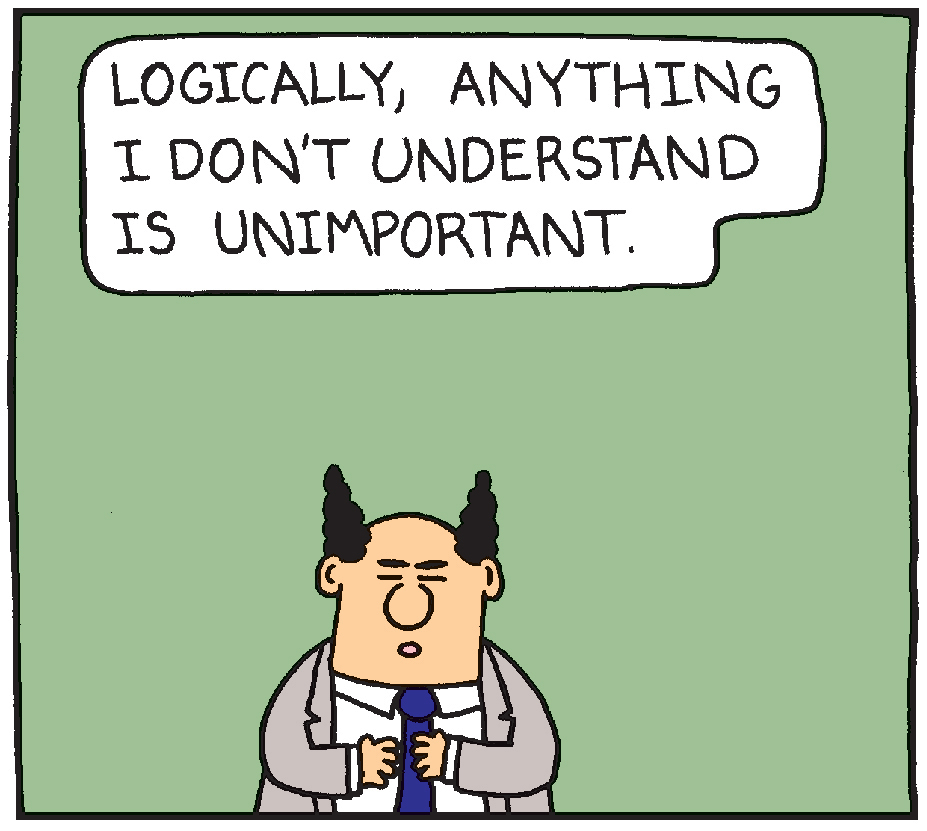
he report on which this article is based was put together for internal government use some time ago. But the continued relevance of the information contained in that report recently became apparent when a discussion group on LinkedIn variously labeled the subject matter requirement (2.5 milliohm bond) mysterious, obsolete, “black magic,” and ultimately, unnecessary. Apparently, the LinkedIn contributors had little or no idea of the historical context of the requirement and evoked, for this author, the quintessential “Dilbert” moment shown here.
The author was also reminded of a famous observation by Arthur C. Clarke, which is paraphrased as follows:
“Any sufficiently obscure technology is indistinguishable from black magic.”
To help provide some context for their discussion and in an effort to curb the all-too-frequent instinct to “move fast and break things,” the author posted this report to the LinkedIn group, along with the following advice, which applies regardless of your field of endeavor, engineering or otherwise.
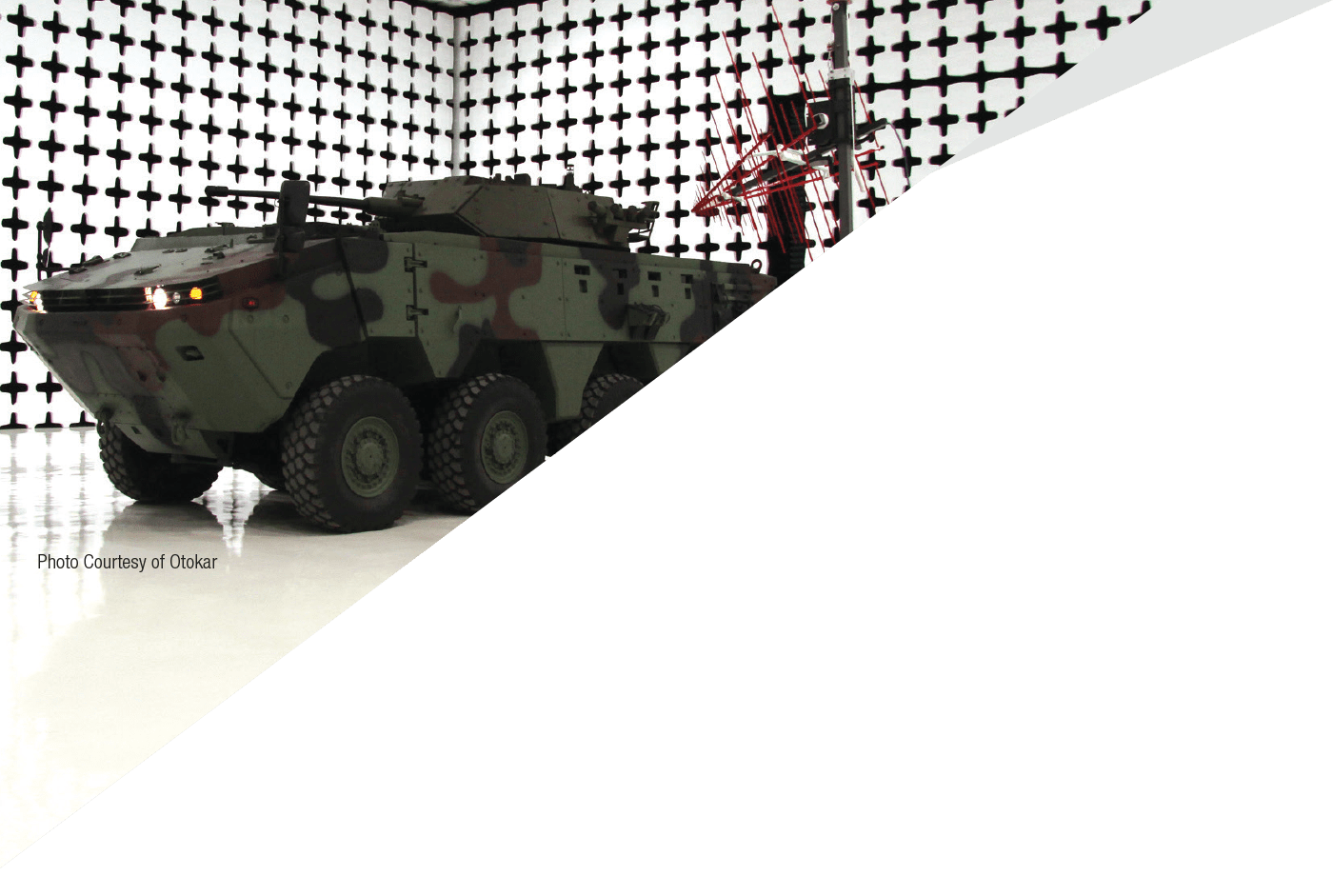
— BONUS CONTENT —
Top 10 Anechoic Absorber Considerations for RF and Microwave Applications
ETS-Lindgren serves government and military defense agencies with a full line of products that help the U.S. government protect its citizens, its borders, and its interests around the world. Our team supports those on the front lines to ensure that modern aerospace and cutting-edge defense systems – which make heavy use of electronics – work as intended. Our commitment to our country’s defense runs deep. In addition to ensuring the readiness of complex platforms like earth-orbiting satellites and producing the world’s largest RF microwave chamber for full-aircraft testing, ETS-Lindgren is also a leader in test and measurement systems for military land vehicles.
From enabling aircraft missions for World War II planes to ensuring reliable testing of today’s complex electronic systems, ETS-Lindgren is proud to meet the needs of the U.S. government and military – Beyond Measure.
For more information on our defense solutions, visit our website at www.ets-lindgren.com.
n recent years, we’ve noticed a growing confusion in the industry over sensitive compartmented information facilities (SCIF) design and performance requirements. Part 1 of this article is intended to bring some clarity to various documents and performance requirements from a radiofrequency (RF) shielding perspective to aid in the design and construction of these facilities.
The two most referenced documents for SCIF design are ICD/ICS‑705 Technical Specification for Construction and Management of Sensitive Compartmented Information Facilities.[1] and NSA 94‑106 [2]. It has been our experience that these documents are often referenced interchangeably or in conjunction with each other.
In some cases, project documents will indicate that a facility has been designed to meet NSA 94‑106 as identified in ICD/ICS‑705. This is problematic as ICD/ICS‑705 does not reference NSA 94‑106, nor is ICD/ICS‑705 intended to meet the requirements set forth in NSA 94‑106. This article will analyze the purpose of ICD/ICS‑705 and NSA 94‑106 as it pertains to RF shielding and highlight some of the differences between the two standards.
WORKSHOPS & TUTORIALS – A program of nearly 40 workshops and tutorials covering EMC, Signal Integrity, and Power Integrity.
250+ TECHNICAL PAPERS – A program of over 250 peer-reviewed technical papers.
CONTENT AVAILABLE ON-DEMAND – Content will be available on-demand through 30 September 2021.
OPPORTUNITIES TO JOIN TECHNICAL COMMUNITY ACTIVITIES – Join our technical meetings – 14 Technical and Special Committees and an extensive program of Standards Working and Continuity Groups
SCHEDULE ACCOMMODATES YOUR BUSY WORK OBLIGATIONS – The extended schedule helps our virtual attendees manage their work, home, and symposium schedules while also providing the opportunity to attend more sessions and technical meetings than would be possible at an in-person conference.
VIRTUAL EXHIBIT HALL – The technical exhibition is an integral ingredient in our symposium and gives exhibitors the opportunity to interact with attendees. We are looking to our sponsors to provide the materials and education we all gain so much from when visiting their booths.
REDUCED REGISTRATION FEES – To reflect the challenges presented by COVID-19, registration fees for technical program access will be heavily discounted. Free “guest” passes will be available for those interested only in attending technical meetings (e.g. Technical Committees, Standards, Working Groups) and accessing sponsor materials. A group discount is available for ten registrations from one organization.
hen the COVID-19 pandemic struck in 2020, challenges arose in nearly every industry. Staffing levels were tested. Manufacturing output changed with little to no predictability. Demand for some products soared while others plummeted. One area severely impacted by COVID-19: global supply chains. Yet this was not the first, and certainly won’t be the last, major event to shake supply chains, where disruptions can occur for any number of reasons: natural disasters, transportation complications, cybersecurity breaches, and, of course, a pandemic.
Supply chain interruptions can lead to any number of complications. They can disrupt production and impact costs, pricing, and revenue. The potential to damage a brand’s reputation and customer/consumer relationships is also great. Yet, disruptions can happen at any time and with little or no warning. Manufacturers and product developers need to be prepared to effectively manage interruptions and their potential impact.
For most manufacturers, a preventive approach to help avoid supply chain disruptions is paramount and can be done by establishing multi-sourced suppliers to meet immediate, time- and budgetary-sensitive needs. A critical, often overlooked consideration is the identification and supply of components (including subassemblies) used in listed or certified electrical end-products. Understanding how components fit into the final product helps promote proactive supplier engagements. Knowing their application limits can also support efforts to proactively offset supply chain disruptions. And if the need to alter products arises, this knowledge will help manufacturers to make timely changes and address most certification concerns.
his is the second in a series of articles devoted to the design, test, and EMC emissions evaluation of 1- and 2-layer PCBs that contain AC/DC and/or DC/DC converters and employ different ground techniques [1]. In this article, we first present a top-level schematic of an overall system and then focus on a systematic approach to a DC/DC converter design. Several EMC considerations are addressed at the schematic level, and recommended design improvements are provided to reduce the risk of failures during testing.
he 2020 EOS/ESD Symposium in September 2020 featured a new EMC Special Session, held on the Wednesday of the Symposium, organized in cooperation between the EMC Society and EOS/ESD Association, and featuring EMC Society leaders as well as presentations/presenters from the recently held 2020 EMC Symposium.
This Special Session was planned to emphasize relationship between EMI/EMC and ESD (how EMI and ESD can be used together, what aspects of EMI can be considered in EMC solutions, and how the different EMI-related tests relate to ESD. This session featured a set of papers, short tutorials, and an interactive expert panel discussion, providing a platform to encourage participation with the intent to continue this in the future.
These papers covered topics from investigation for improvements for the IEC 61000-4-2 standard, triboelectrification effects on spacecraft, robotic scanning to study ESD induced soft failures, and soft failures generated from system transient testing. There were also five invited tutorials covering both the IEC test methods and evaluations and EMI measurements.

Q: The rear-screen heater in my BMW 3-Series causes so much interference when switched on that it’s impossible to listen to the car radio. Our local BMW dealer suggested replacing the entire rear screen as at cost of more than £600. This seems drastic. — KR from Hertfordshire.
A: This is a known problem within the trade. It stems from the fact that the rear screen includes both the heating elements and the radio aerial. The high level of electrical current required…
Just in case anyone in the EMC community was away from the media for the last few days, electromagnetic interference is one of the suspected culprits in a fuel sensor malfunction that resulted in the cancellation of the first planned space shuttle launch earlier this month. Four hydrogen fuel sensors read either wet or dry, and a dry reading from all four sensors triggers engine cutoff and an aborted launch. After the originally scheduled flight was called off on July 13, literally hundreds of engineers tried to recreate the electromagnetic environment in which one sensor failed intermittently…
I’ve always been suspicious of admonitions to turn off mobile phones on planes, in hospitals and so on, believing them to be yet more examples of the culture of bossiness that pervades modern life. It turns out that the bossy-boots are right.
You know how it is – one minute the car is working perfectly; the next – literally – it has conked. So it was last weekend when I was trying to transport four extremely heavy lead planters, overlooked by the removers…
Being involved in providing audio induction loops for hearing aid users, I am interested in cases of audio magnetic interference. The modern electromagnetic environment has an increasing number of these.
While installing loop systems in a building in Wolverhampton Science Park I checked for possible interference. A coil of red-coated pyrotenax cable in the ceiling was interesting. That being part of the Fire Alarm installation, I used the monitor receiver to listen to the “Break-Glass” alarm point…
International Microwave Symposium (IMS)
June 15-18
Applying Practical EMI Design & Troubleshooting Techniques
June 26
IEC International Special Committee on Radio Interference (CISPR)
June 28-30
Sensors Expo and Conference
July 20-23
2021 ESD Workshop
July 27-August 13
2021 Joint IEEE International Symposium on Electromagnetic Compatibility, Signal & Power Integrity, and EMC Europe (EMC+SIPI 2021)
The Battery Show – Digital Express
August 16-18
DesignCon 2021
August 16-19
Military Standard 810 (MIL-STD 810) Testing Open Course
August 23-26
Military Standard 810 (MIL-STD 810) Testing Open Course
View Index
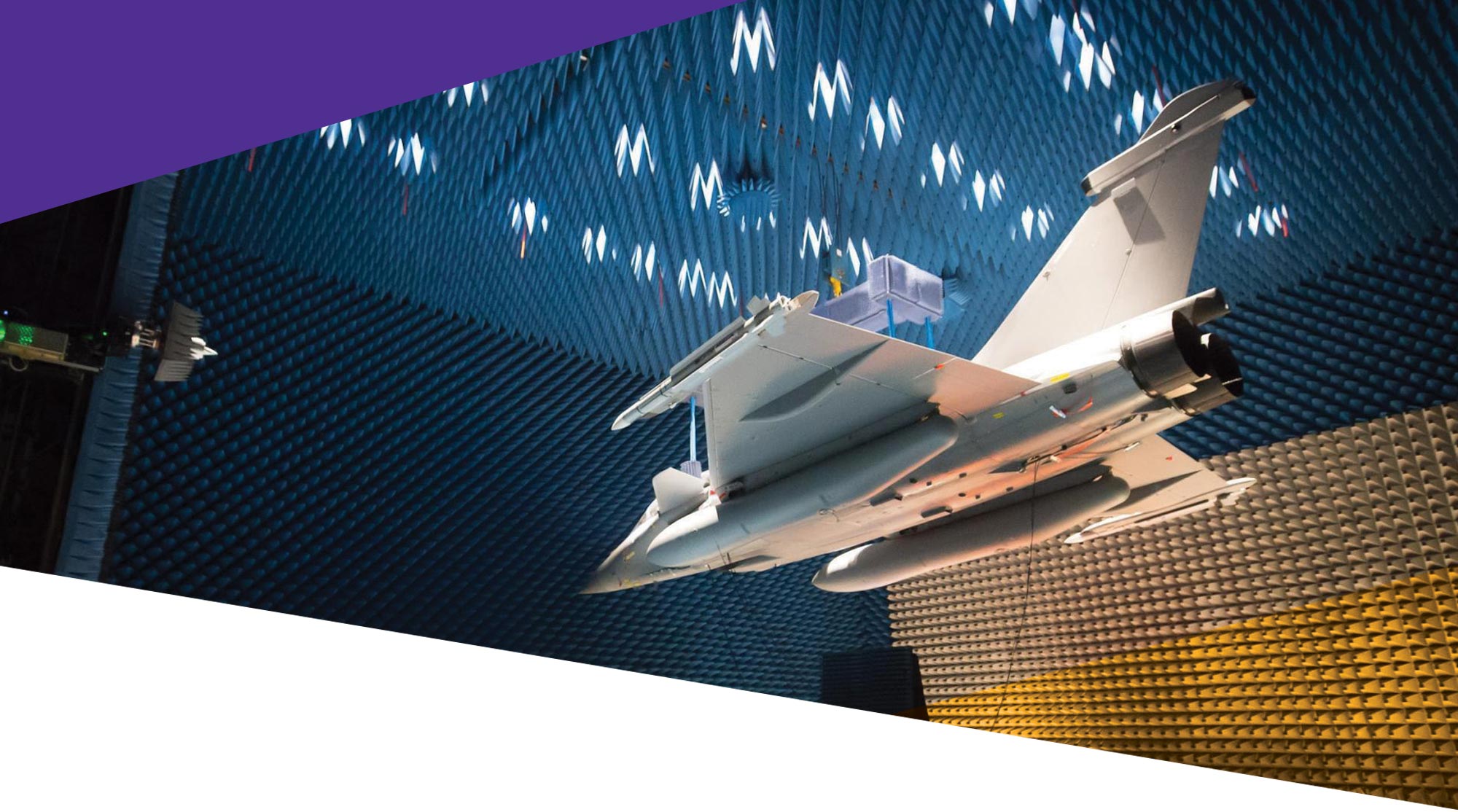
- Anechoic and Reverb Chambers
- RF Shielded Enclosures, including Deployable Solutions
- Upgrades, repairs, maintenance, relocation, testing
- Responsive service by our seasoned team of experts
Follow us on



